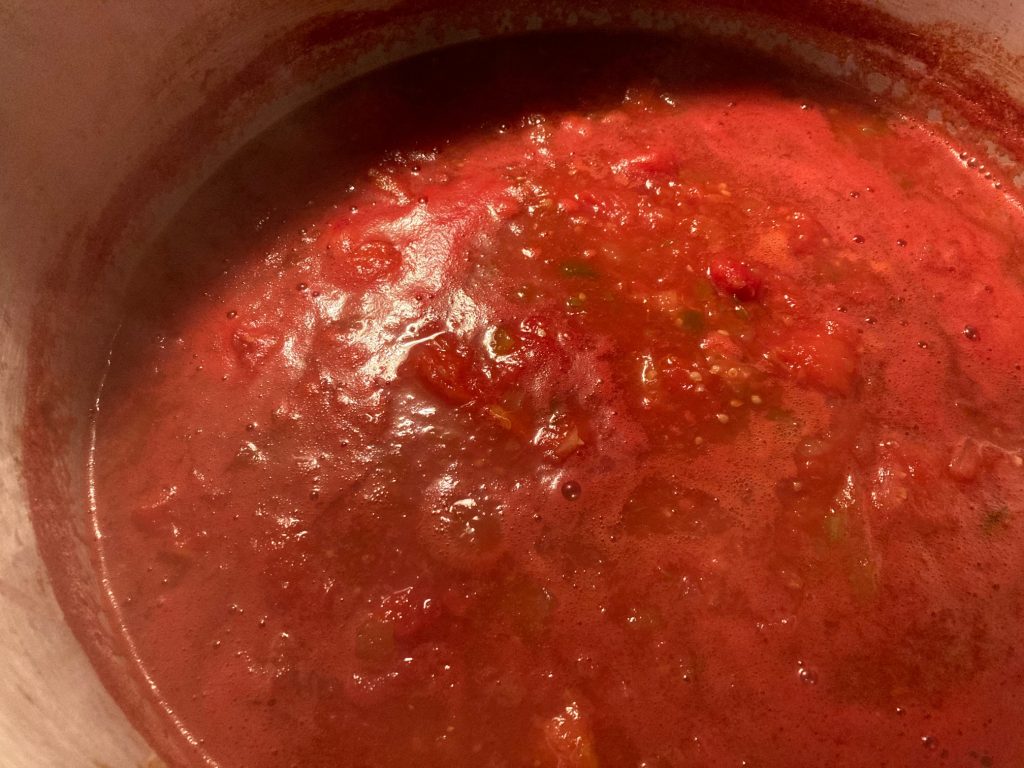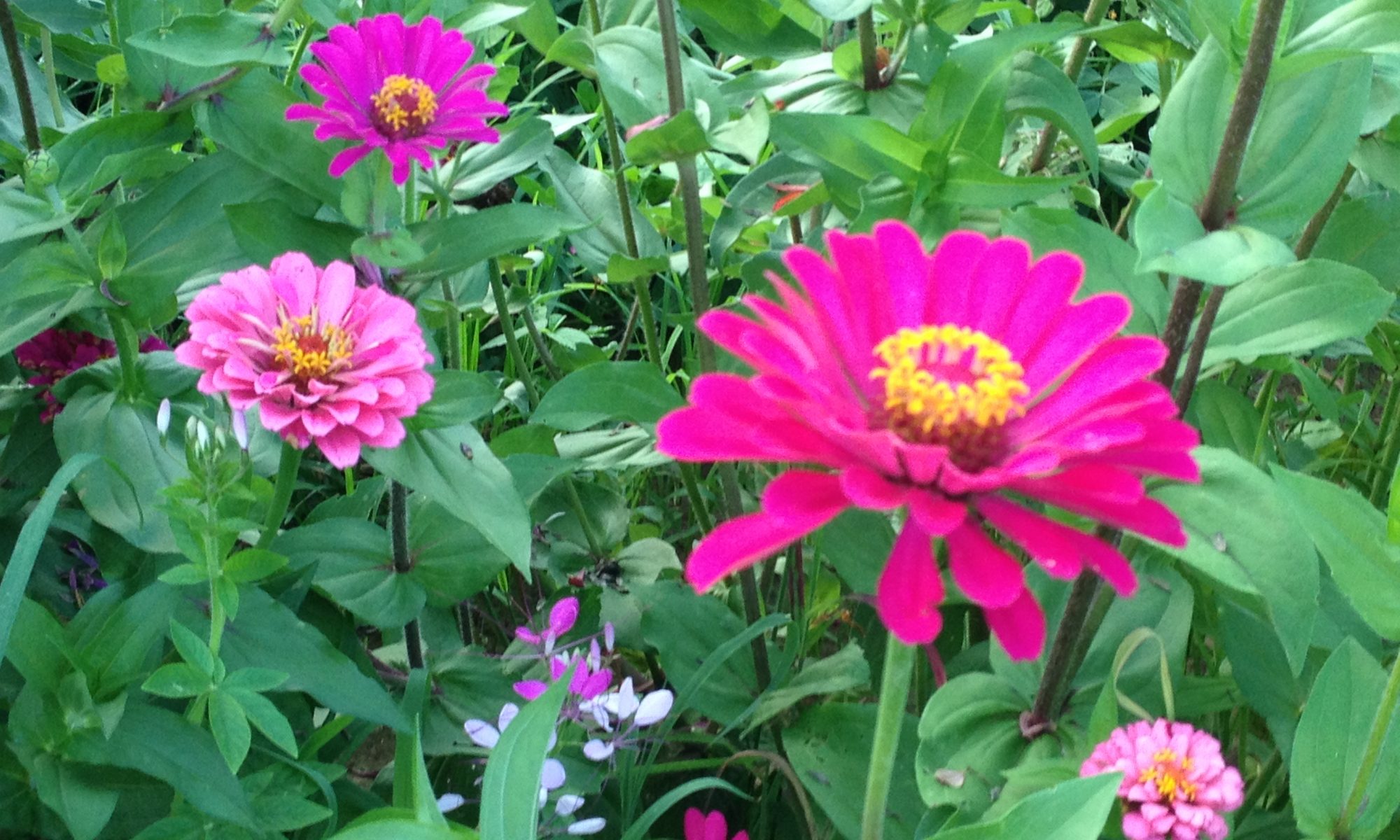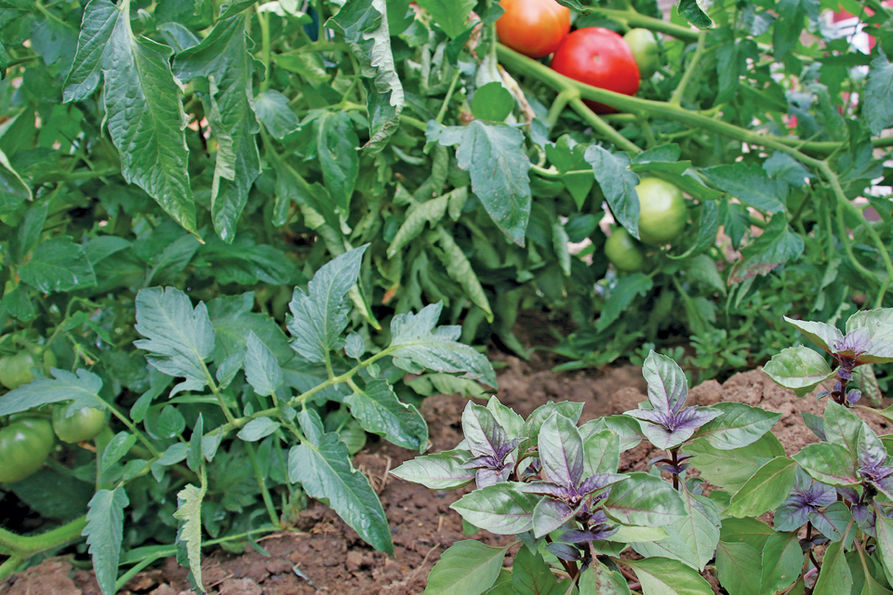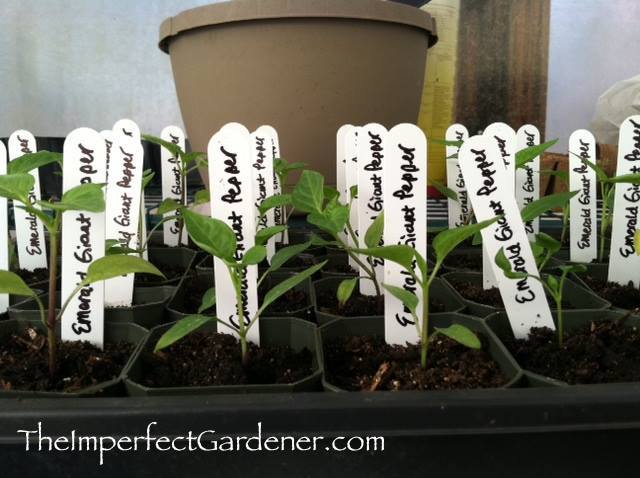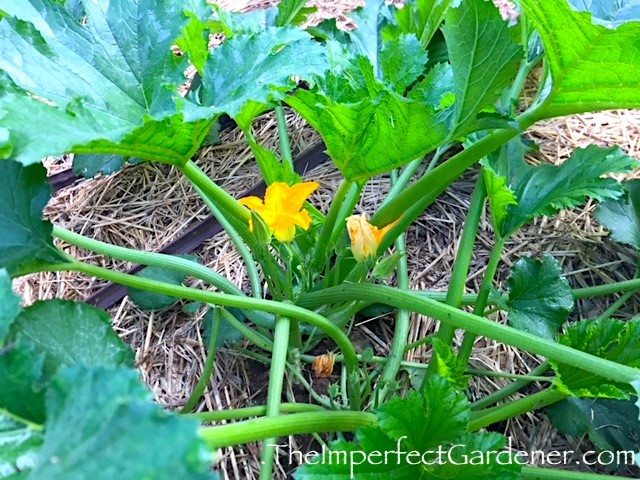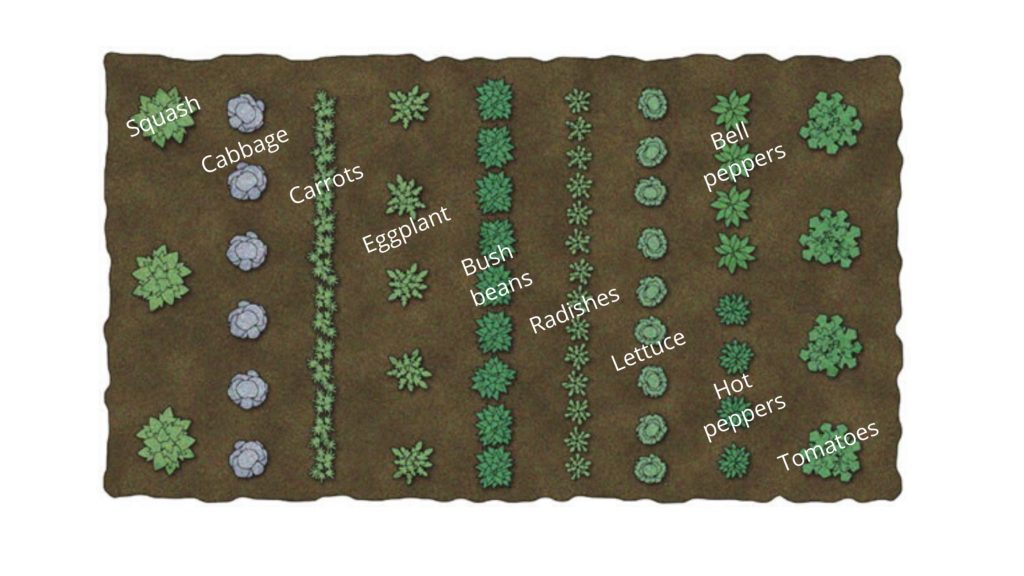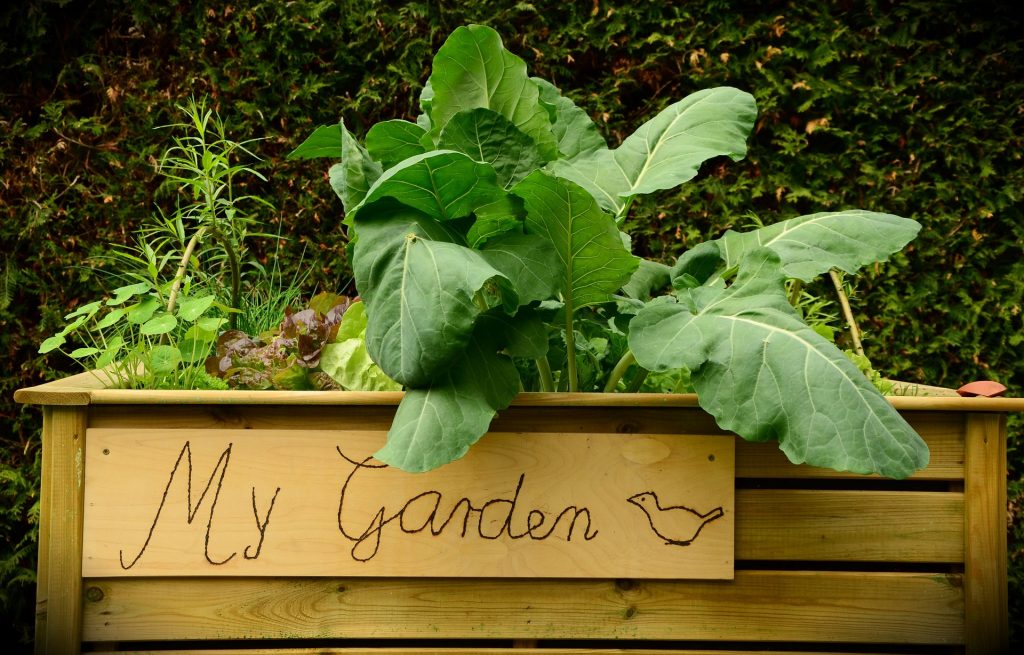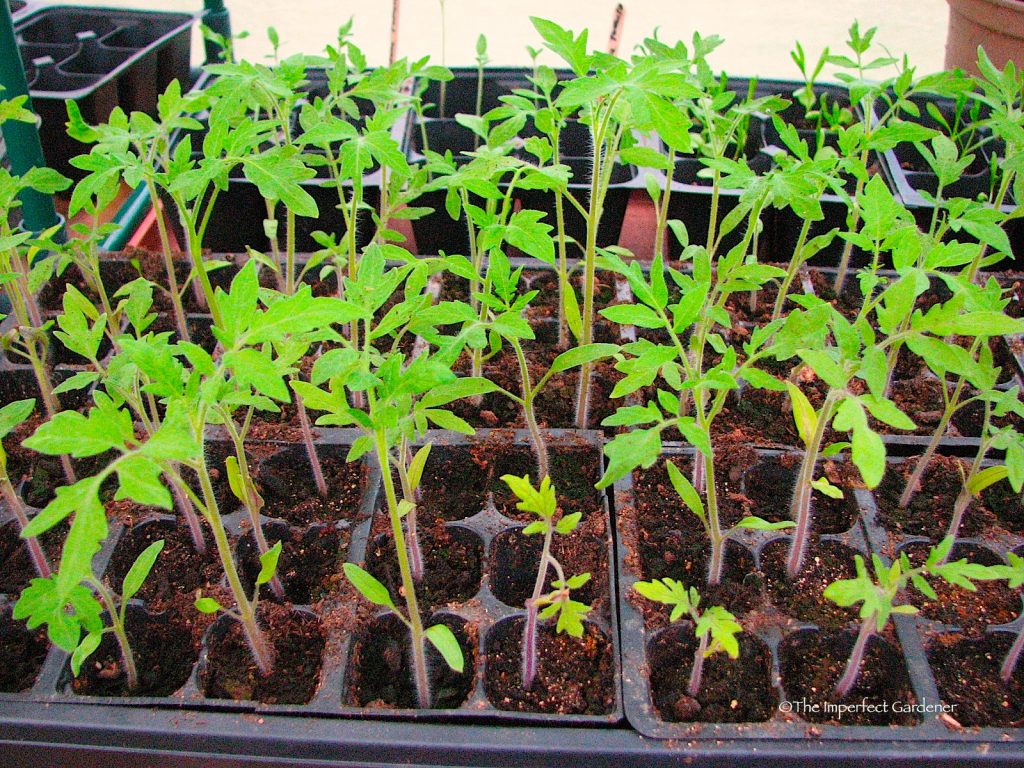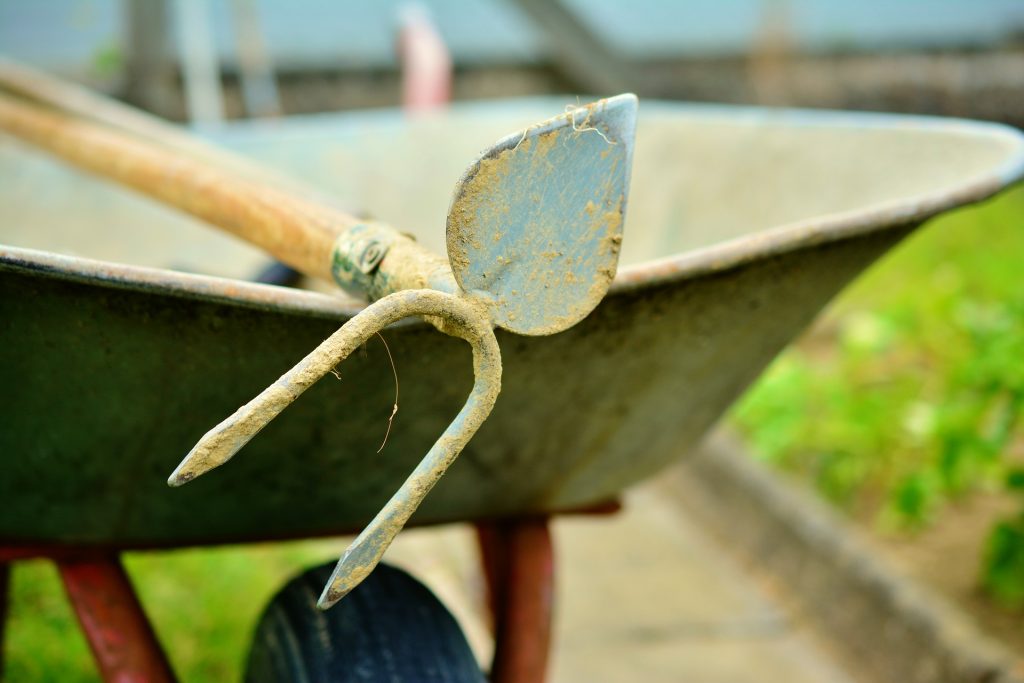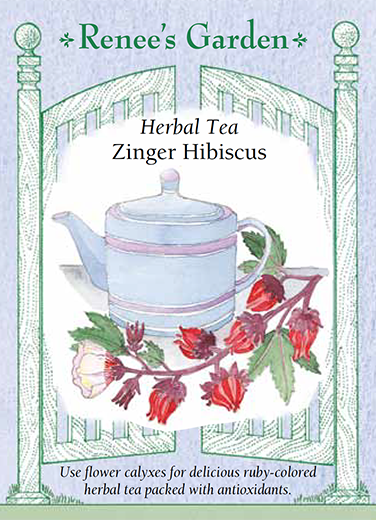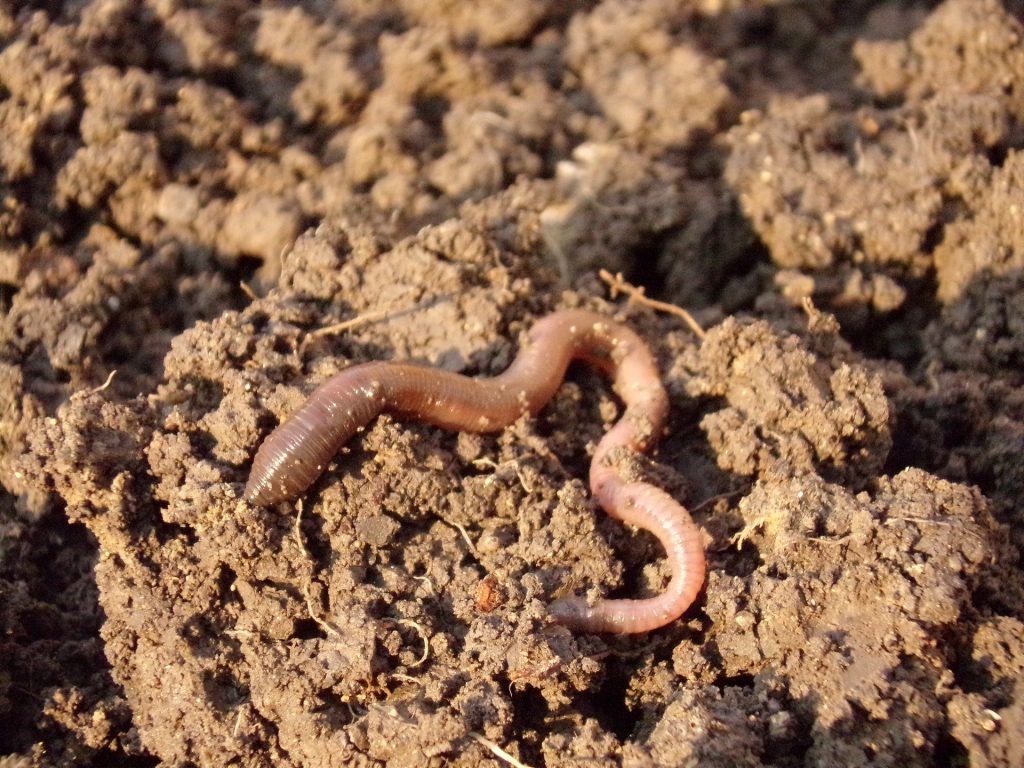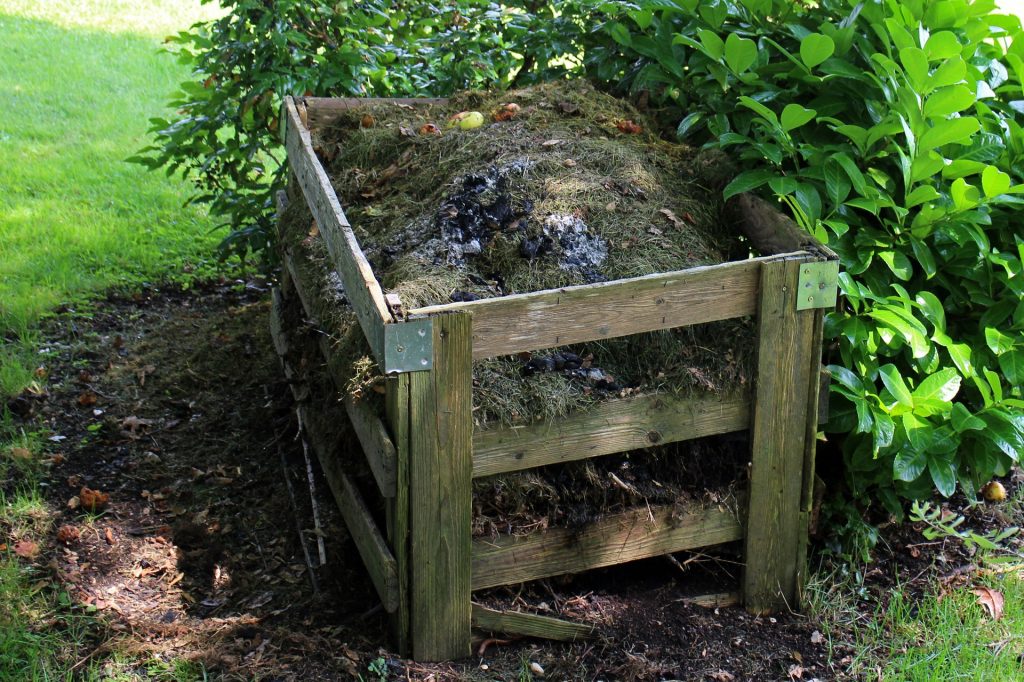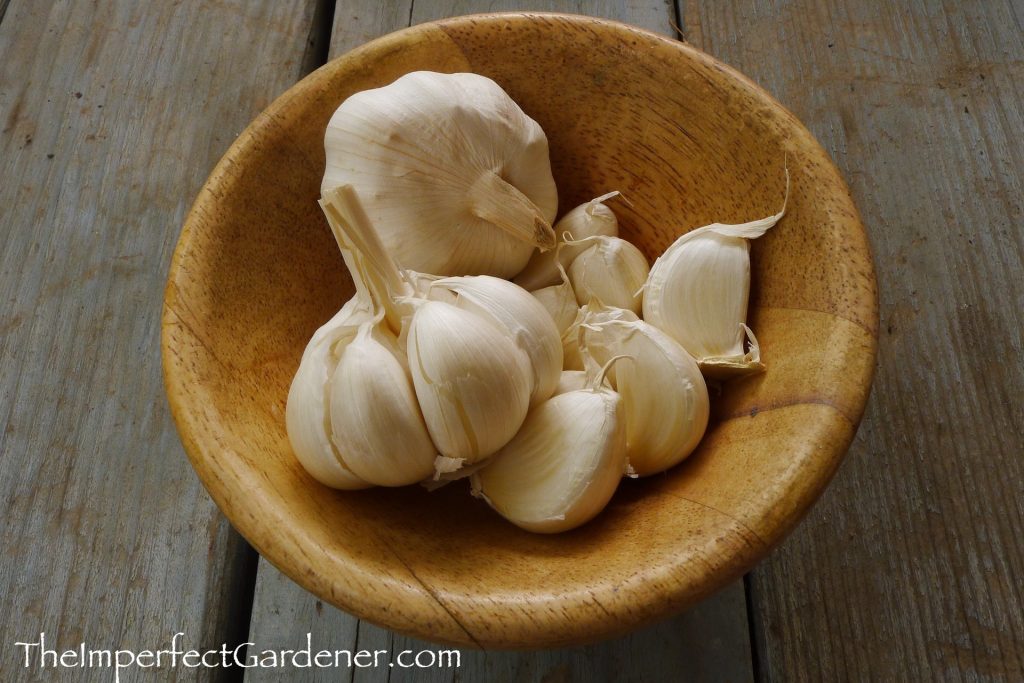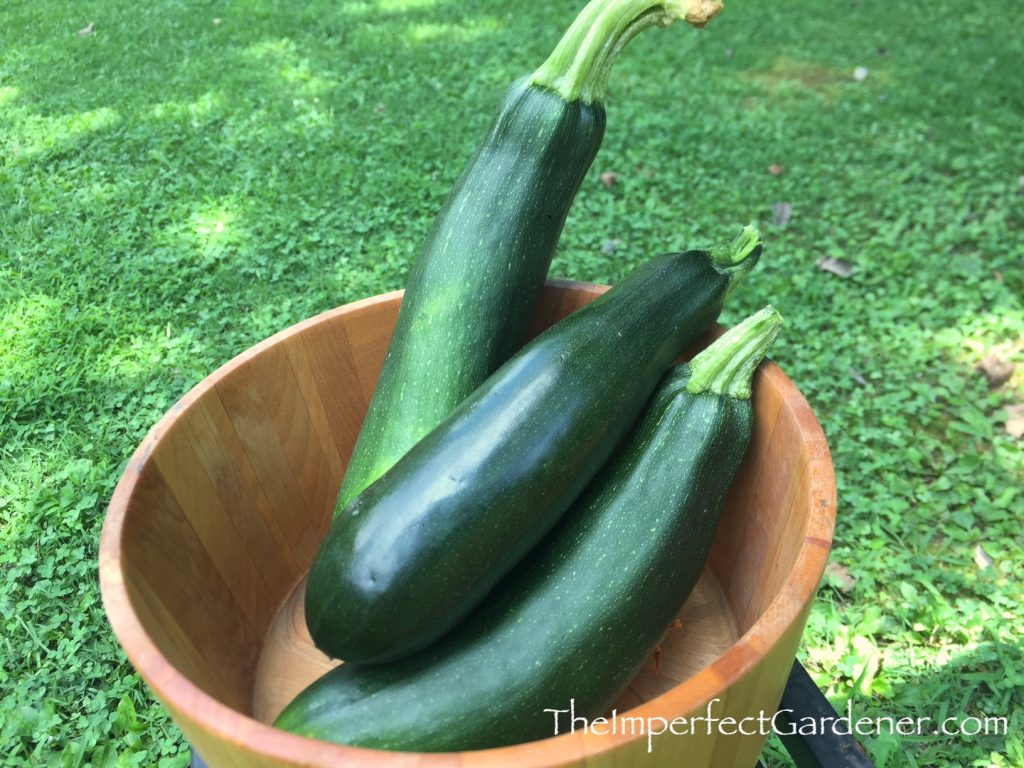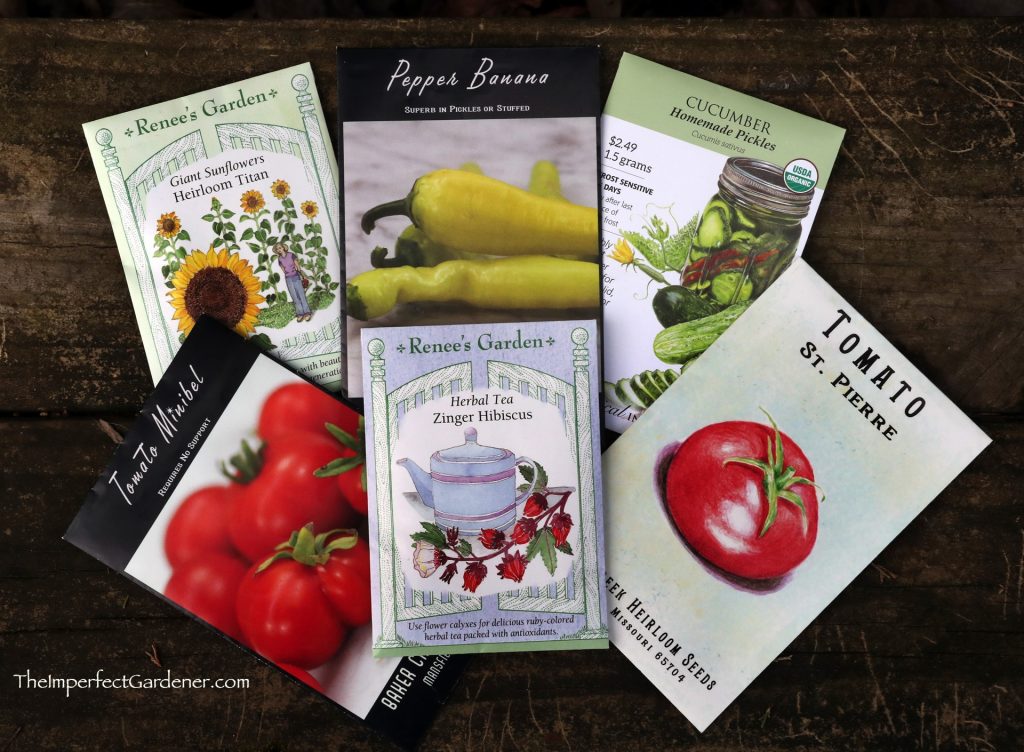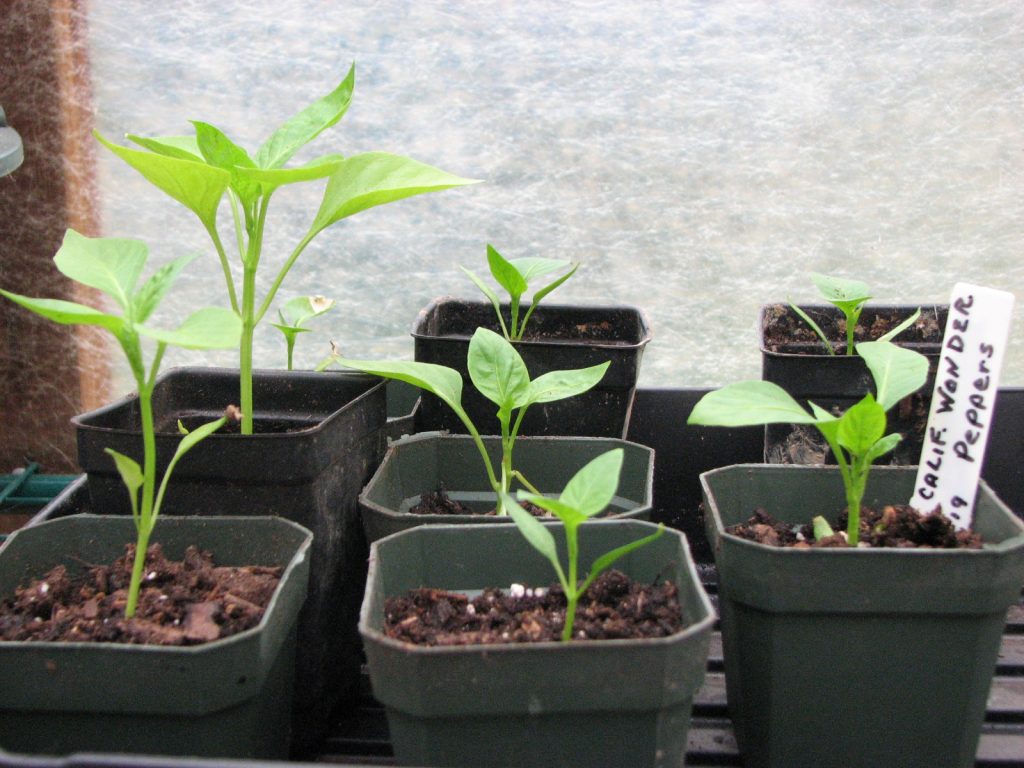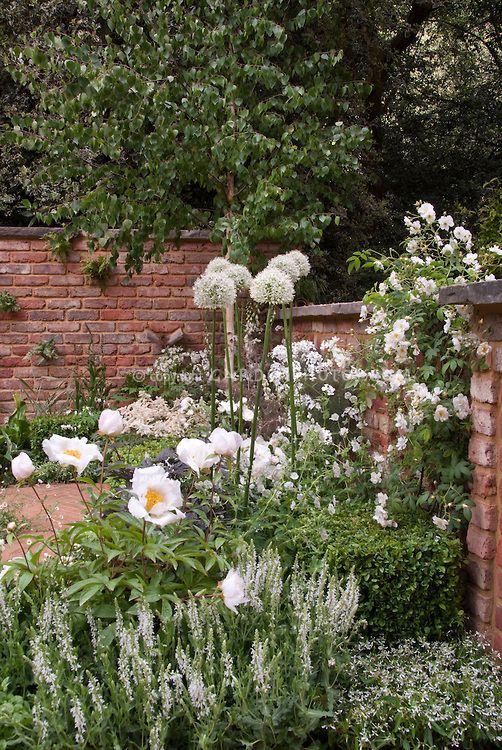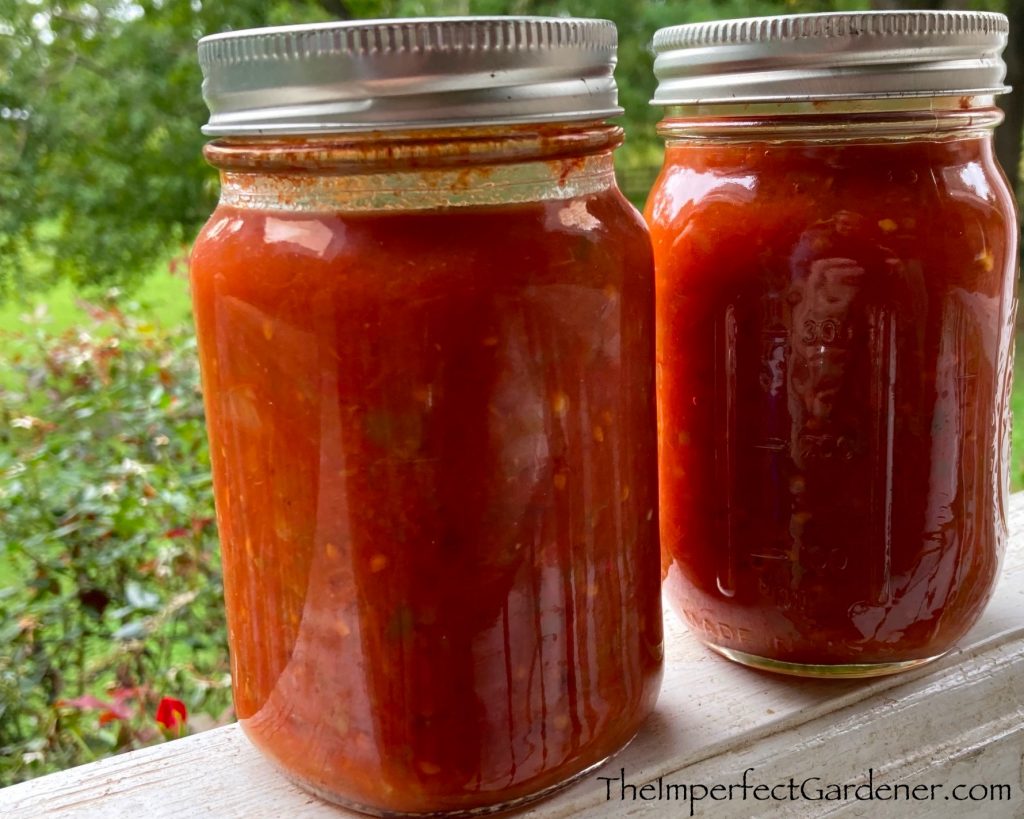
What’s my favorite salsa? Mom’s. No, that isn’t a brand; it’s my mom’s homemade salsa. Once I learned how to make and preserve her recipe, I rarely bought grocery store salsa. And then, it was only when I ran out.
With homemade, you can adjust it to suit your taste. I like mine mild with just a tiny kick, but you may prefer yours with more heat. Simply adjust the amount of peppers to tailor the recipe to you and your family’s tastes.
If you have never canned before, please visit the website for the National Center for Home Food Preservation and learn how to do so safely.
Ingredients
1/2 bushel tomatoes, blanched, peeled, cored, and quartered
4 large onions, chopped
2 bell peppers, chopped
2 small cans green chilis, diced
10 hot peppers (banana peppers for milder sauce; Anaheim or other hot peppers for more heat)
4-7 jalapeno peppers (If you prefer to use canned jalapenos, use one small can for milder salsa, two cans for medium heat)
2 cloves garlic, chopped
1 cup white vinegar (5% acidity)
5 Tbsp. canning salt (not table salt; it MUST be canning salt)
2 small cans tomato paste (stirred well into mixture)
Several sprigs of fresh cilantro
Directions
Chop all ingredients and put into a very large pot. Bring to a boil and turn heat down to a very soft boil, just bubbling lightly.
Stir frequently, and by that, I mean every few minutes. It sticks and burns on the bottom of the pot if you don’t.
Cook about 2 1/2–3 hours, based on the consistency you want. If it doesn’t seem to get as thick as you would like, mix 2 Tbsp. of cornstarch with a little bit of water and stir it into the salsa to thicken it. Stir some more.
Put salsa into pint jars, seal with new lids and put in a water bath. The amount of time they’re in the water bath depends on the altitude at which you live, as you’ll discover when you learn to can.
And that’s it. Once you customize this recipe to fit your taste, you, too, will never again want to buy salsa from a grocery store. You can thank my mom!
Tips
A few tips can make the process go a little smoother:
• Use a food processor for all the chopping and dicing. I’ve used a knife and I’ve used a food processor, and the food processor wins, hands down.
• Chop up the ingredients the night before, cover, and put in the refrigerator. It will save tons of time on salsa-making day.
• Stir the salsa. Have I said that enough? One more time: stir the salsa.
